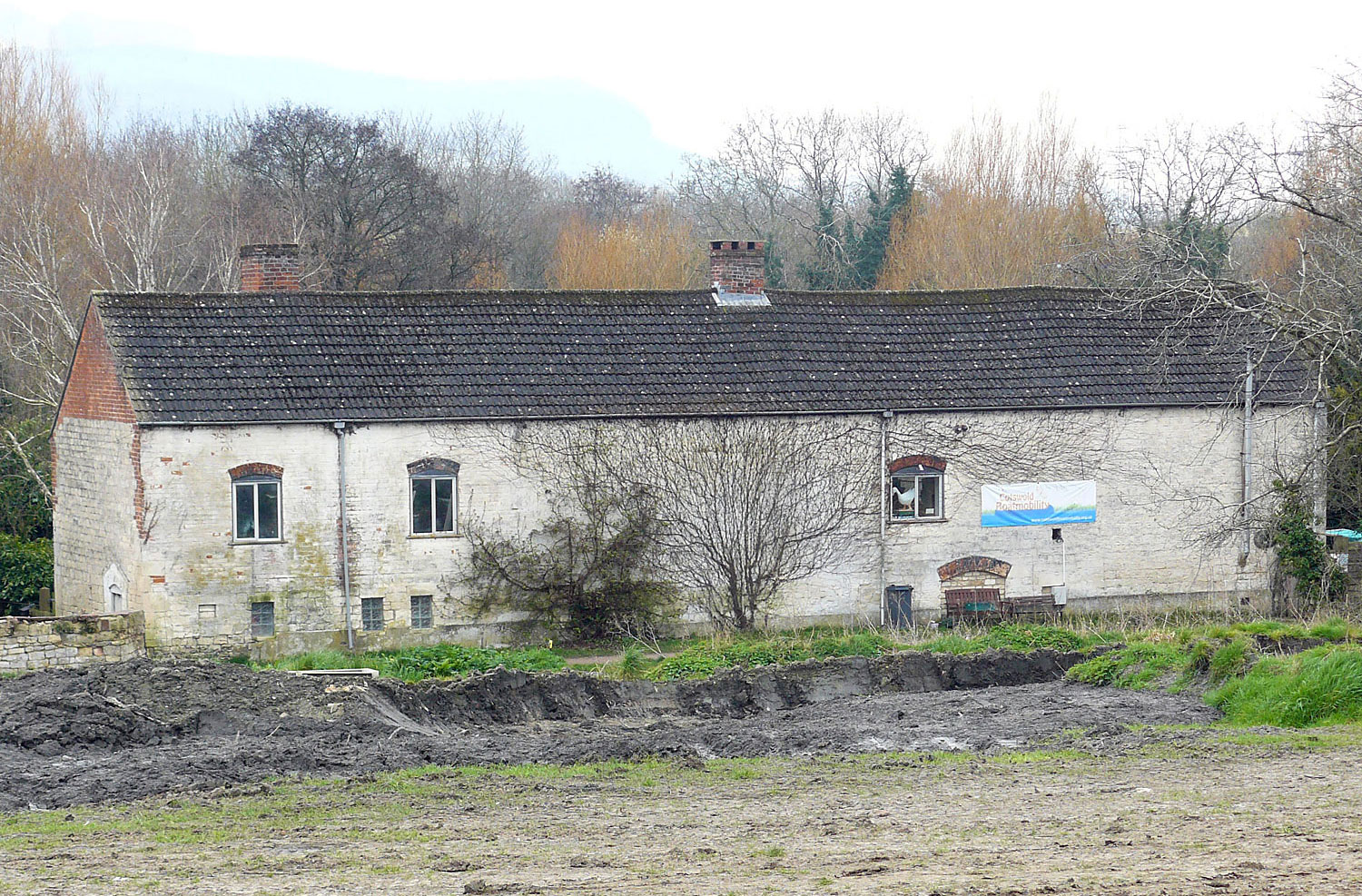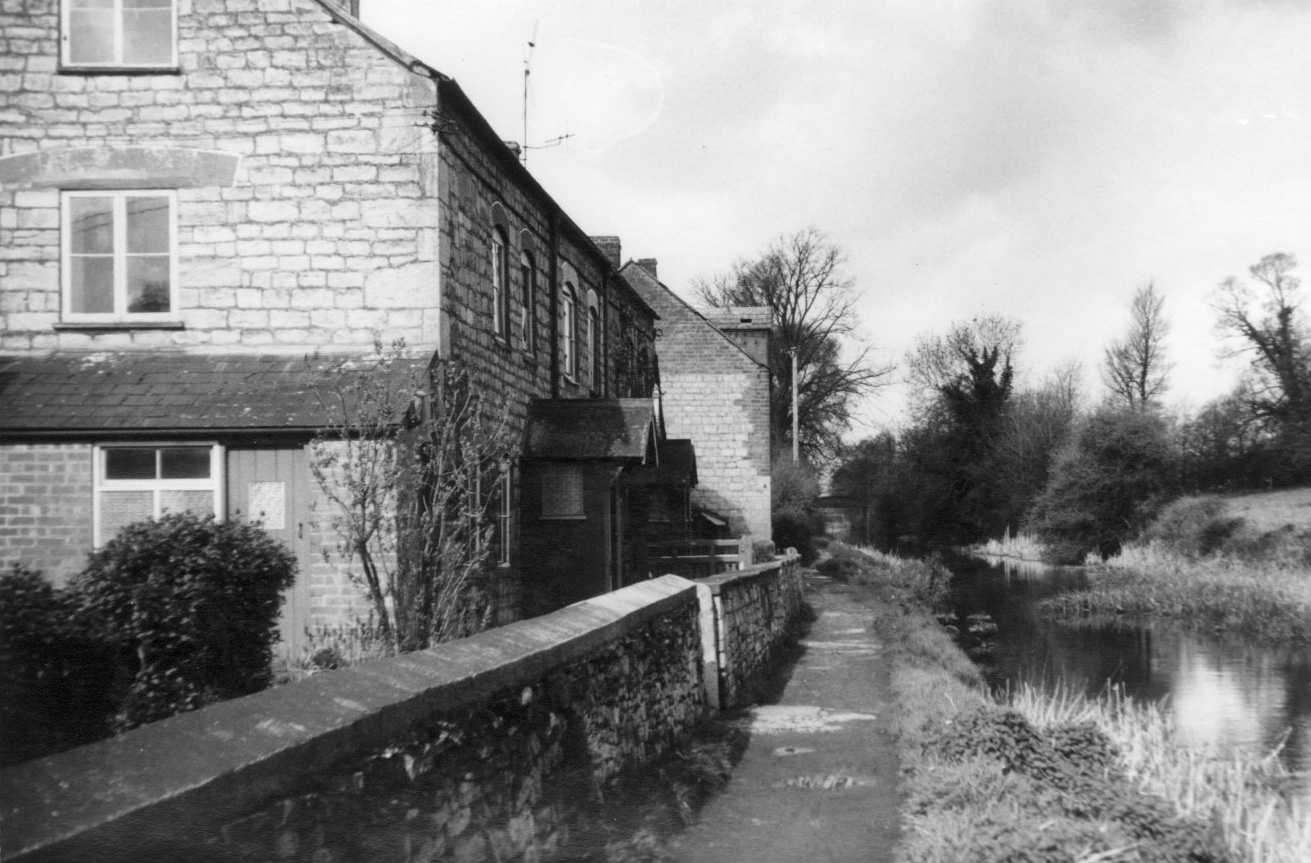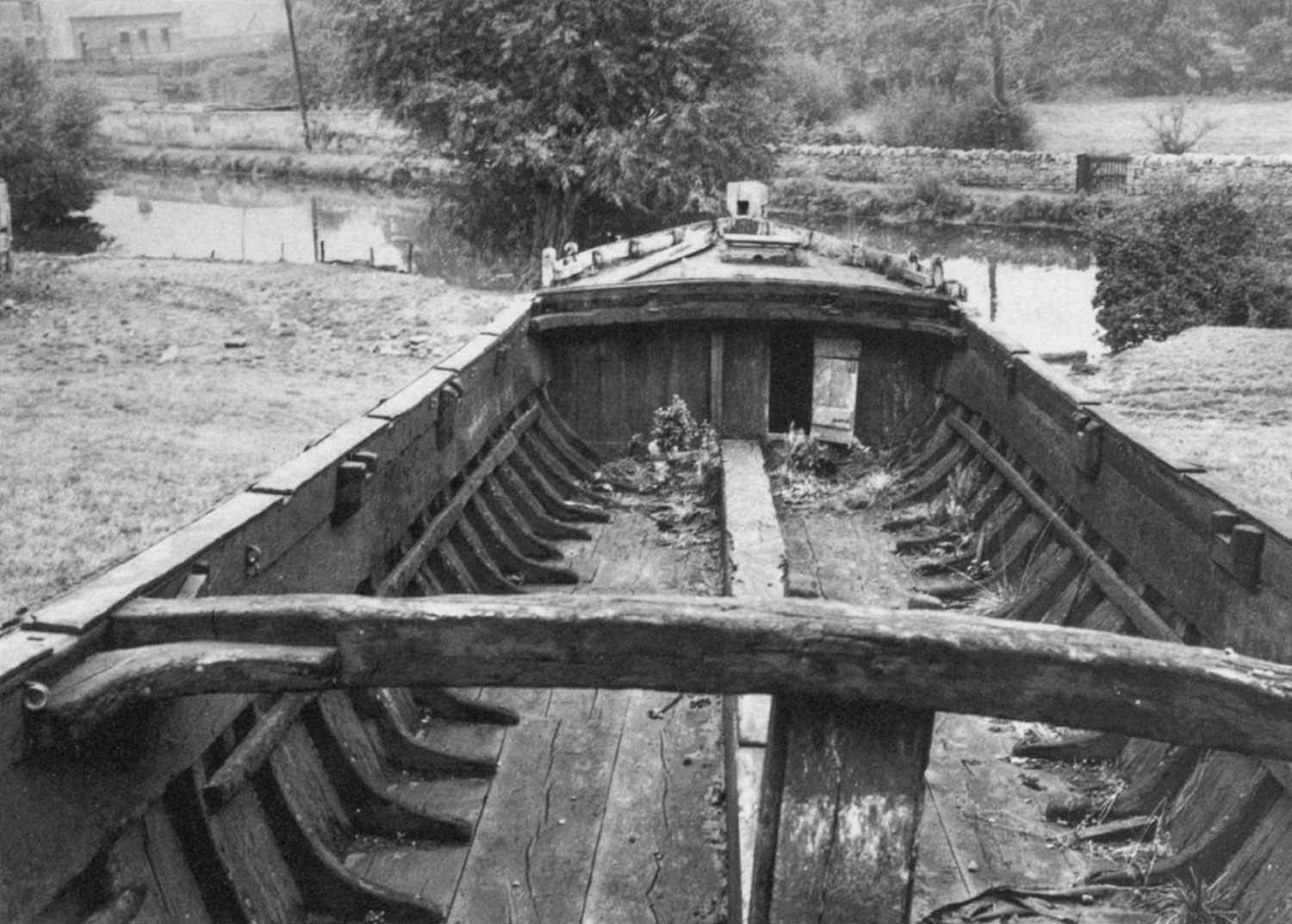The buildings beside the towpath to the west of Ryeford Bridge have commonly been known as the Canal Cottages. Until recent years, they were only accessible by foot along the towpath.


The building to the west now called Jacob’s Cottage was in existence when the canal was built through here in 1778. The embankment for the towpath has reduced the height of a doorway. In the early nineteenth century, this building was divided into four units housing woollen cloth workers, and a loom shop was added on the south side.
Later, when all the weaving had been moved into the mills, the loom shop was also converted for housing. Now the whole building is a single private house.
Opposite Jacob's Cottage is the base for Cotwold Boatmobility, who provide accessible boating for all with mobility or learning disabilities, together with friends and families. They have two wheelchair accessible boats and six catamaran canoes.


The building to the east now called Canal Cottages is shown on an 1839 map as having three housing units with two loom shops behind. Later the loom shops were also converted to housing. In 1881, the two rows of cottages were home to over fifty people.
One resident in 1872 was boatman Thomas Clift who worked for coal merchant William Knee of Stroud bringing coal from the Midlands. It was well known that boatmen scrounged a little coal from their cargo to keep their cabin stove going, but it seems that Clift took the practice more seriously. On one trip home, he stopped outside his house and enlisted the help of his mate to unload a lump into the entrance to his garden.
Unfortunately for him, he was observed by the local police sergeant and was arrested. In court, however, William Knee said he was willing to continue employing Clift, and the magistrates just sentenced him to one day’s imprisonment as a warning not to do it again.


The land on the opposite side of the canal, now known as Harper’s Field was where two redundant barges were dumped in the 1930s. Perseverance was measured, and the dimensions published as typical of the barges that could work through the locks of both the Stroudwater and Thames & Severn Canals. The hulk was gradually broken up and the remains removed.
The field had earlier featured in the records when the construction of the canal reached here in February 1779. For a few months, it was the head of navigation, and huge amounts of coal were landed here to be taken on up the valley by wagon, but after the canal opened to Wallbridge in July, business dropped to a trickle.
The modern name acknowledges the Harper family who own the field and lease it to the Cotswold Canals Trust for preparing dredged silt for re-use and as a base for the Cotswold Boatmobility team.
For the western building shown on a pre-canal map, see D1180/10/50.
For occupants of the cottages, see 1839 Tithe Apportionment, c1880 OS map and census returns.
For boatman scrounging coal story, see Stroud News 11 Oct 1872.
For measured drawing of Perseverance, see Humphrey Household, The Thames & Severn Canal, p160.
For the first load of coal delivered to Ryeford, see D1180/4/1.